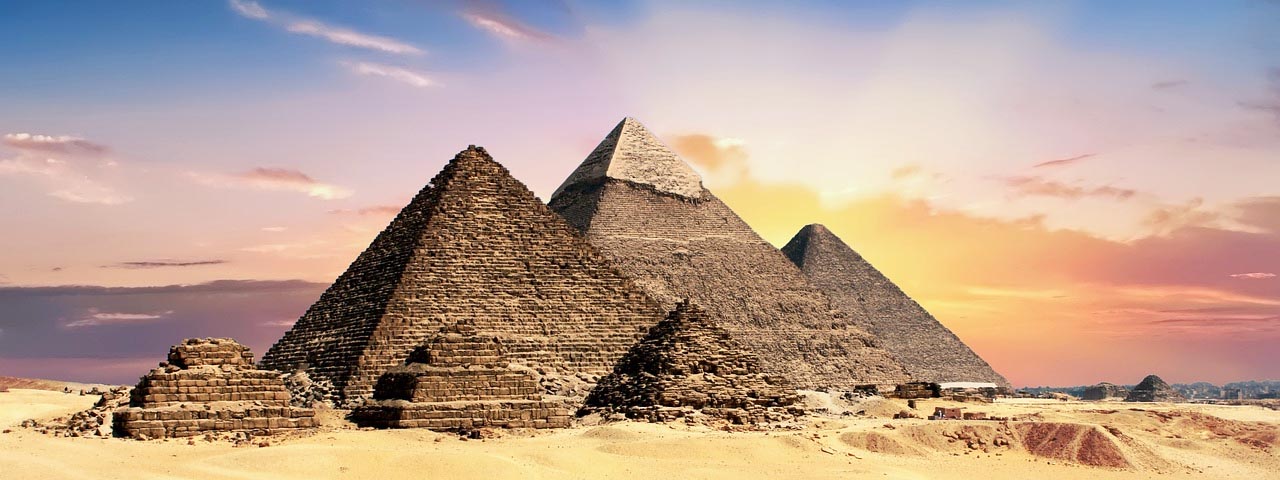The Ancient Egyptian Sphinx Statue Facts
The Great Sphinx of Giza is one of the most iconic and enigmatic monuments of ancient Egypt. Standing proudly on the Giza Plateau near the pyramids, this colossal limestone statue has captivated the world for thousands of years. In this article, we delve into the fascinating facts and mysteries surrounding the ancient Egyptian Sphinx statue, shedding light on its significance and enduring allure.
A Symbol of Majesty
The Great Sphinx is a magnificent representation of a mythical creature with the head of a human and the body of a lion. It stands an impressive 66 feet (20 meters) tall and 240 feet (73 meters) long, making it one of the largest statues in the world. The Sphinx was carved from a single limestone block, showcasing the exceptional craftsmanship of ancient Egyptian artisans.
Guardian of the Pyramids
The Sphinx is believed to have been constructed during the reign of Pharaoh Khafre in the Old Kingdom, around 2500 BCE. It is situated on the west bank of the Nile River, facing directly eastward, with its gaze fixed towards the rising sun. The Sphinx is strategically positioned as a guardian and protector of the nearby pyramids, symbolizing the pharaoh’s divine authority and safeguarding the sacred burial grounds.
Mystery of the Missing Nose
One of the enduring mysteries of the Great Sphinx is the missing nose. The nose of the Sphinx is notably absent, leading to various theories and legends regarding its disappearance. Some historians suggest that the nose was damaged by erosion over the centuries, while others propose that it may have been deliberately removed by ancient vandals or invaders. However, there is no definitive evidence to support any specific explanation.
Symbolic Meanings and Names
The Great Sphinx is rich in symbolic meanings that have evolved over the millennia. The combination of a human head and a lion’s body is thought to represent the duality of power and intelligence, as well as the unification of earthly and divine realms. In ancient Egyptian mythology, the Sphinx was associated with the sun god Ra and the pharaoh’s divine kingship.
Theories of Its Age and Origins
While the traditional view suggests that the Sphinx was built during the reign of Pharaoh Khafre, some researchers and alternative theories propose a much older origin. Some suggest that the Sphinx could date back to a much earlier civilization, potentially predating the ancient Egyptians. However, mainstream Egyptologists largely reject these claims, citing lack of substantial evidence.
Restoration and Conservation
The Great Sphinx has undergone various periods of restoration and conservation efforts over the centuries. Due to its exposure to natural elements and human activity, the statue has suffered from erosion and weathering. Throughout history, several pharaohs and rulers contributed to its restoration to preserve its majesty and significance for future generations.
A Magnet for Travelers and Scholars
The Great Sphinx has been a source of inspiration for travelers, explorers, and scholars throughout history. Visitors from all corners of the globe have marveled at its colossal size and enigmatic gaze. The Sphinx continues to attract countless tourists each year, as well as researchers and archaeologists seeking to unravel the secrets of its origin and meaning.
Conclusion
The Great Sphinx of Giza stands as an enduring testament to the remarkable achievements of ancient Egypt. Its majestic presence, symbolic significance, and enduring mysteries have made it an iconic symbol of the civilization’s greatness. As the guardian of the pyramids and a witness to millennia of history, the Sphinx continues to enthrall the world, inviting us to ponder the enigmatic secrets it holds within its timeless gaze.
Links:
Wikipedia: Ancient Egypt
History Channel: Ancient Egypt
Live Science: Ancient Egypt
Ancient Egypt for Kids
British Museum: Ancient Egypt
